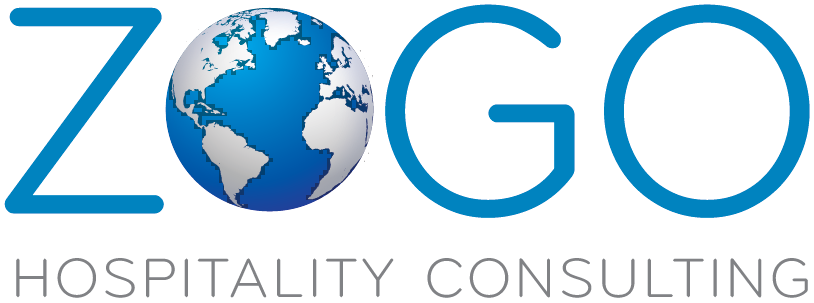Businesses invest a significant amount to upgrade or implement new technology. Successful software implementation with high user adoption requires a structured process that ensures usability and operational requirements are met.
Over the years, I have worked on single installations and worldwide rollouts. I have developed, trained, and implemented systems from established vendors and new innovators. Regardless of the size of the project, there are three critical elements to success:
- A knowledgeable working team
- Selecting the best system and vendor for your needs
- A Project Manager for both the vendor and the business
Below are some considerations when upgrading or implementing a new software system.
Identifying the Need
Understand what you are trying to achieve with a software system. Operational efficiency, increased functionality, better distribution, decreased costs, improved support, system integration, etc.
Selecting The Team
One of the most important factors to success is having the right team on the project. A large project will have Stakeholders, a Working team and a Project Manager. The stakeholders comprised of the Business owners. The working team, the operational experts.
Establish the Budget
Your budget will be a factor in determining the software. How many Hotels/Units/Users will affect the number of licenses required. Leasing monthly is often more management for smaller/single units. Purchasing can be more cost-effective for enterprise-wide installations.
Research the Vendors
Start asking for recommendations, ask your industry counterparts about their system. Research online not only for established companies but also for innovative startups that bring new insights to old methods. If demos are not available online, ask for a demonstration. Contact companies using the system, ask about what they are like as partners. How long does it take to respond to issues/questions, are they helpful, what was the training like. The more you know, the better.
Request for Proposal (RFP)
Develop a detailed specification of services required. The RFP is collaborative effort with Business owners and end users.
Vendor Selection Process
When the RFP’s are returned, review and select the top contenders. Invite for a full system demonstration. Ensure that the Operational and Management team are present. Prepare questions and a pro and con sheet to keep track of the different systems.
Gap Analysis
Prepare a gap analysis of the top contenders. For each top provider, list all the required functionality and additional features that will benefit your business. Include support and cost-effectiveness. Take an informed decision.
Vendor Agreement and Signing
Before signing the contract:
- Request disclosure of known Software Bugs that might affect operations
- Agree the process/timeline for Software Bugs (error, flaw, or fault that causes the software to produce an incorrect or unexpected result)
- Escalation process for serious issues affecting operations or service levels
- Functionality requirement already in the development pipeline expected delivery dates
- Management/costing of new Development requirements
Software System Review
In-depth review/training to review functionality with the operational and business experts.
Functional Specification Requirements
During the system training, the team may identify any additional functional requirements. Each requirement identified must have a functional specification written and agreed upon by the Vendor and the Business. This document includes:
- Overview of Requirement
- Objective
- User Case
- Functional Specification
- Risks and Assumptions
- Prioritization
- Timeline
- Cost
Software Development (if required)
Agree system requirements and prioritize. The Vendor’s project manager will create the project timeline. Agree on what has to be developed for “live” and the projected dates for Development, Quality Assurance, User Acceptance Testing, remediation, code freeze, and live.
User Acceptance Testing (UAT)
Even if you do not have development requirements, thoroughly test the system before going live. UAT allows your team to learn the system and create Standard Operating Procedures and any supporting Training Material required. Report bugs or deficiencies, and agree if additional rounds of UAT will be required.
Stay tuned for our next blog on User Acceptance Testing process.
System Code Freeze
In the final stages of the development cycle’s, the software company will determine when the code will be ‘frozen.’ This means that developers will be prevented from making further modifications to the production (live) version. Depending on the timeline, ideally, the code freeze should be 6 – 8 weeks before “live’ to ensure that the system is stable for implementation.
Training
The majority of Software vendors will provide training either onsite, remotely, or via eLearning. Vendor training is system specific and does not include your standard operating procedures. The working team will develop the Property-specific training. Ensure that you have additional practice scenarios for the team.
Simulation Training
If you have the opportunity to run simulation training before “Live,” do so. Simulation training allows the colleagues the opportunity to practice scenarios with Guests in a safe environment.
System Cutover
The final step is “Live” day. The Vendor will provide either onsite or remote support. The Management team must be available to support operations and the questions that will arise.
There are many steps to implementing a new software system; the key is to select a great partner/vendor who will work with you. This is not a short term commitment, so make sure you have done your research. You want a partner that will grow and support your business.
